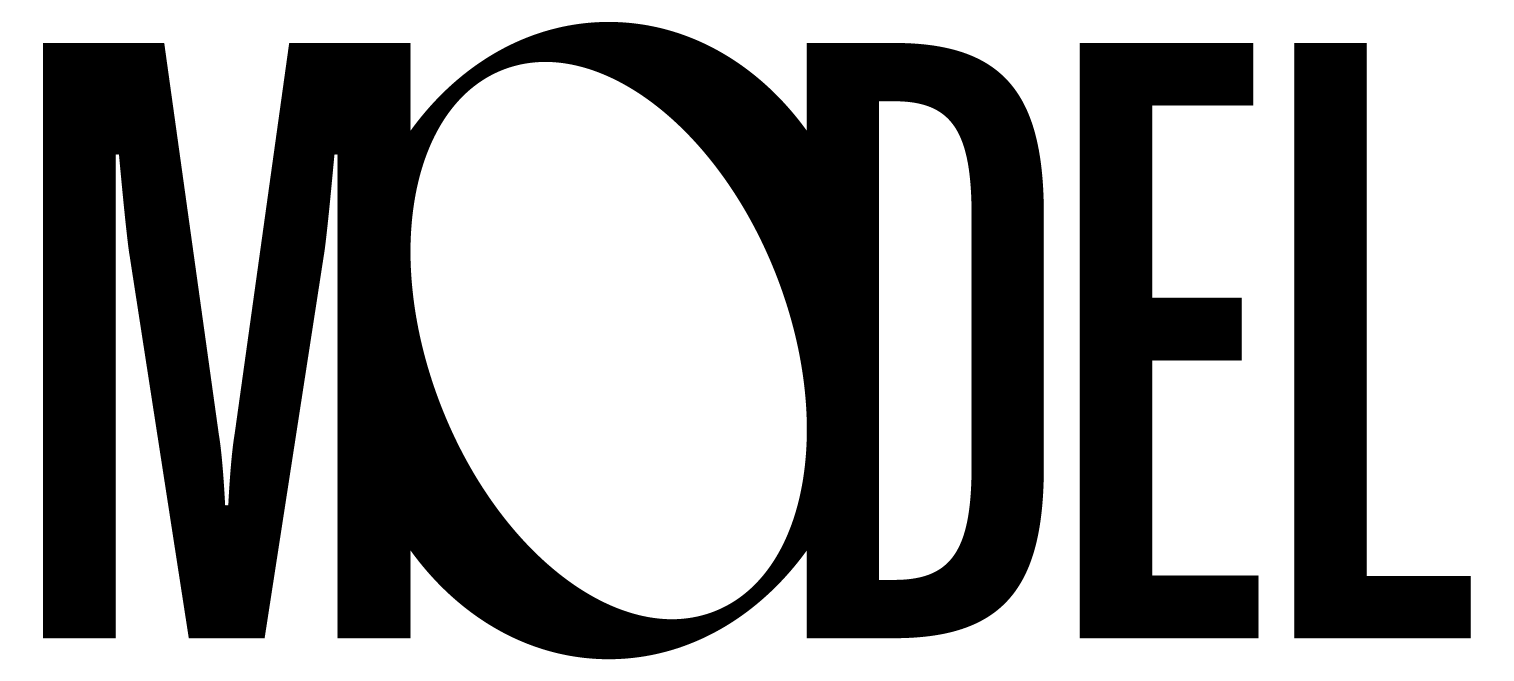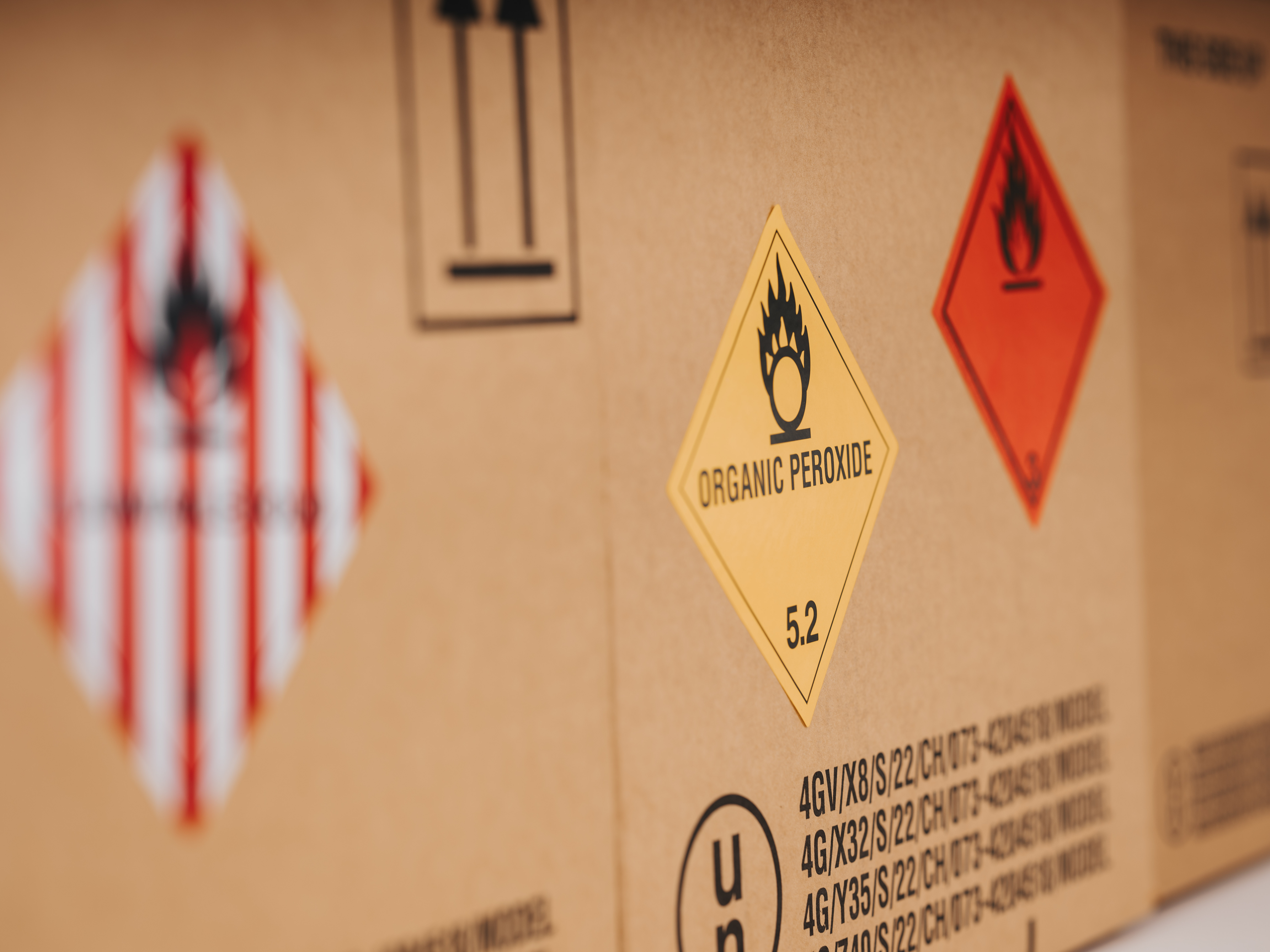Information on Dangerous Goods Packaging
Is your product you want to ship a dangerous good? The category of dangerous goods includes all goods that are potentially dangerous for humans, animals or the environment during transport. For example, because they are toxic, corrosive or flammable. These already include hairspray, aftershave, batteries and lighters. Dangerous goods must be shipped in special dangerous goods packaging with labelling and a UN packaging code.
On this page you will find a lot of important, general information about packing, shipping and labeling dangerous goods. Our recommendation: Consult a trained expert on the subject of dangerous goods. So that your dangerous goods arrive safely and nothing goes wrong during transport. At Model, we develop special dangerous goods packaging based on your requirements. Get in touch with our experienced experts:
Dangerous Goods Packaging & Packaging Material
Dangerous goods packaging: important terms briefly explained
Dangerous goods packaging explained in detail
There is a lot to consider when packing dangerous goods and you probably have some questions. We have the answers for you. Would you like individual advice on your dangerous goods packaging? Get in touch with our experienced experts.

